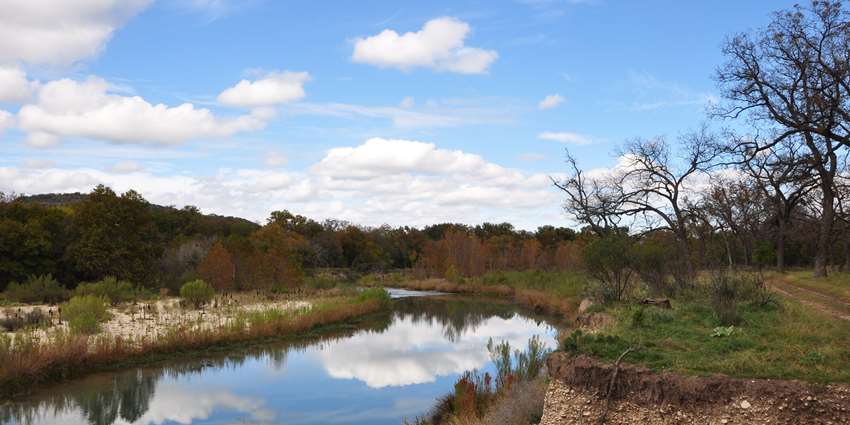Producers partnering with the USDA-Natural Resources Conservation Service (NRCS), working through the local soil and water conservation districts, have found a workable and economically viable solution that will continue to enhance and help protect the lesser prairie-chicken habitat.
The new voluntary cooperative conservation effort is making history in Texas. Rancher Clay Cooper in Lipscomb County has signed the first conservation plan in the state through NRCS’ Working Lands for Wildlife (WLFW) partnership, an agreement with the Department of Interior United States Fish and Wildlife Service (USFWS).
Cooper and other producers like him will receive assurances for up to 30 years; a stamp of approval exempting them from any incidental take of the lesser prairie-chicken to implement and maintain conservation practices in a conservation plan. This means WLFW participants can proceed with planned activities, knowing they are assured coverage of potential incidental take of the lesser prairie-chicken.
Essentially, the landowner or producer with land in the lesser prairie-chicken range works with the local NRCS office to determine if habitat on the property is suitable or can be improved to benefit the lesser prairie-chicken.
“Working Lands for Wildlife provides landowners with regulatory assurances that they can continue to make a living on their lands while implementing conservation actions to benefit a declining or listed species and will not be asked to take on additional conservation actions, ” said Darren Richardson, NRCS assistant state conservationist for field operations in Lubbock.
Cooper worked directly with NRCS District Conservationist Mary Foster and Range Management Specialist Clint Rollins to develop a comprehensive conservation plan that combines approved conservation practices such as prescribed grazing and upland wildlife habitat management.
Cooper says he’s been dealing with drought for many years now and a recent wildfire on April 1 of this year burned approximately 7,500 acres of his 11,000 acre ranch. He’s had to make drastic changes in his livestock numbers since the severe drought conditions in 2011 and 2012. His livestock numbers have been reduced by approximately 175 head of mother cows over the past three years.
Participating in the WLFW Lesser Prairie-Chicken Initiative through NRCS is another example of Cooper’s stewardship efforts. He’s improving wildlife habitat while increasing the health of his rangeland and the long-term sustainability of his ranching operation.
NRCS in Texas is urging landowners on the High Plains to work with their local NRCS field offices and use their free technical assistance to help implement voluntary conservation measures that not only protect wildlife habitat but also enable them to continue making a living from farming and ranching.
For more information, contact your local USDA Service Center office today or visit the Texas NRCS web site.
To read the full story, see the USDA’s news release.

